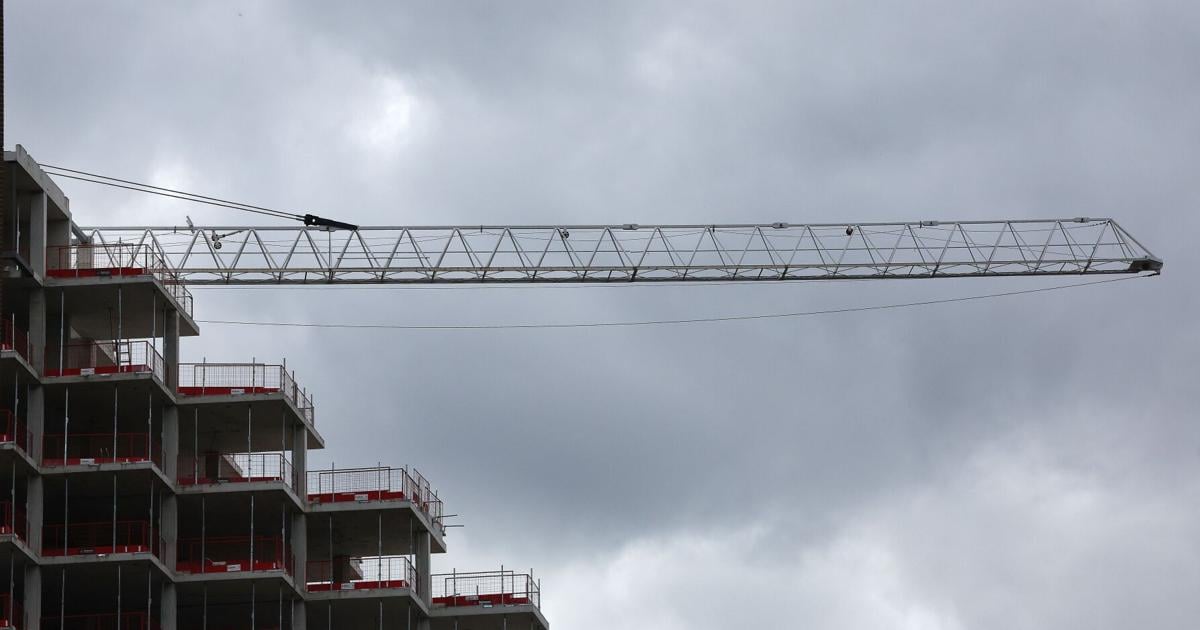Just 28 new condo units sold in the old city of Toronto in September, and 155 across the Greater Toronto Area, as the market continues to hit historic lows, with prices hitting a possible bottom.
That’s according to monthly data, compiled by Altus Group on behalf of the Building Industry and Land Development Association (BILD).
“It’s worse than the 1990s,” said BILD spokesperson Justin Sherwood. “We have a serious issue on our hands relative to being able to produce housing at a rate that people can afford to buy.”
The numbers are way less than what’s expected in a normal September at 90 per cent below the 10-year average.
Fifty-three new condos were sold in the city of Toronto in total, 15 in Durham, 35 in Halton, 43 in Peel, and nine in York, last month.
These sputtering sales are not just confined to new condos.
There were 283 single-family home sales in the region, down 16 per cent from last September and 61 per cent below the 10-year average.
This includes detached, linked, semi-detached and townhouses — stacked townhouses are grouped with condos.
In total there were only 438 new home sales of any type in September, down 29 per cent from last year and 80 per cent below the 10-year average.
Month-over-month condo sales are “basically stable, but very, very low,” Sherwood said, with single-family home sales up a little compared to August. But that’s expected as the fall real season is typically busier than the summer.
Overall sales are “still very low and way down from the 10-year average.”
It’s not just a GTA problem, it’s happening across all major markets in Canada and home types, he added.
The benchmark price for new condo apartments in the GTA was $1.033 million, relatively flat from last September, remaining at an “apparent price floor,” according to the BILD report.
The benchmark price for new single-family homes in the region was $1.437 million, down about eight per cent over the last year.
The total inventory of new homes decreased slightly compared to last month as not many new units were added, and this is expected to continue.
The low sales will translate into buildings not being started, Sherwood said.
“We’re going to be looking at a situation in the future where supply becomes very, very tight, in the 2027-2028 time frame.”
BILD, along with other industry groups, has been calling for a tax break on new homes from the federal and provincial governments, as well as reductions on development charges — fees developers pay for infrastructure.
Given the cost of land, labour and materials, “the only levers that you have left are government taxes and development charges,” Sherwood said.
Sherwood added that the province’s Bill 60 “Fighting Delays, Building Faster Act” contains some proposed changes on development charges.
There aren’t a lot of details yet. But a technical briefing document on the bill mentions wanting to “standardize and streamline” development charges, including: ensuring land costs don’t inflate them; reducing disputes between municipalities and builders over who should pay for infrastructure for new housing; and improving accountability and transparency on development charge reporting.
“We really need to see the government move or expedite the development of those regulations, because that will take time to work its way through the system,” Sherwood said.



